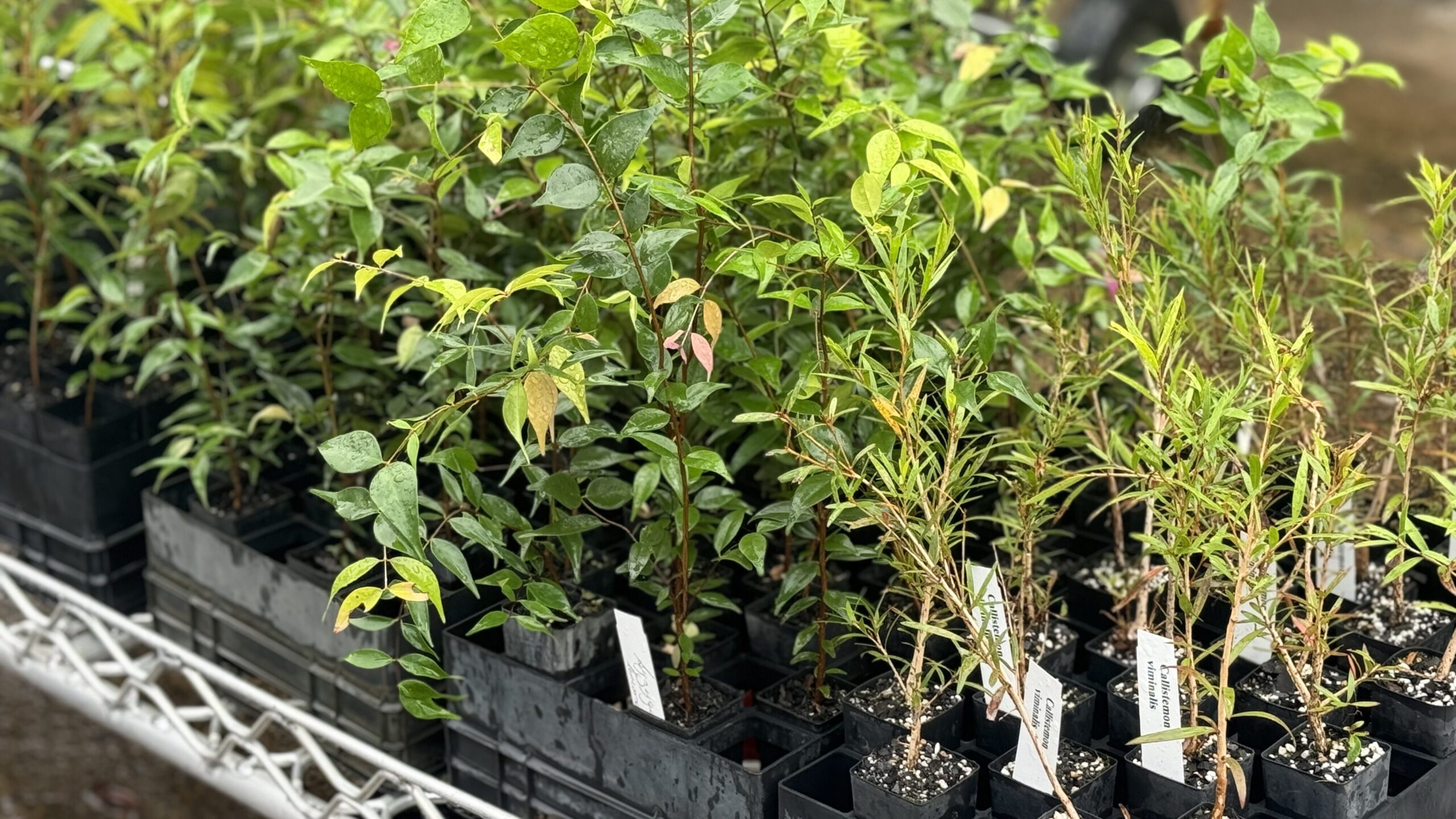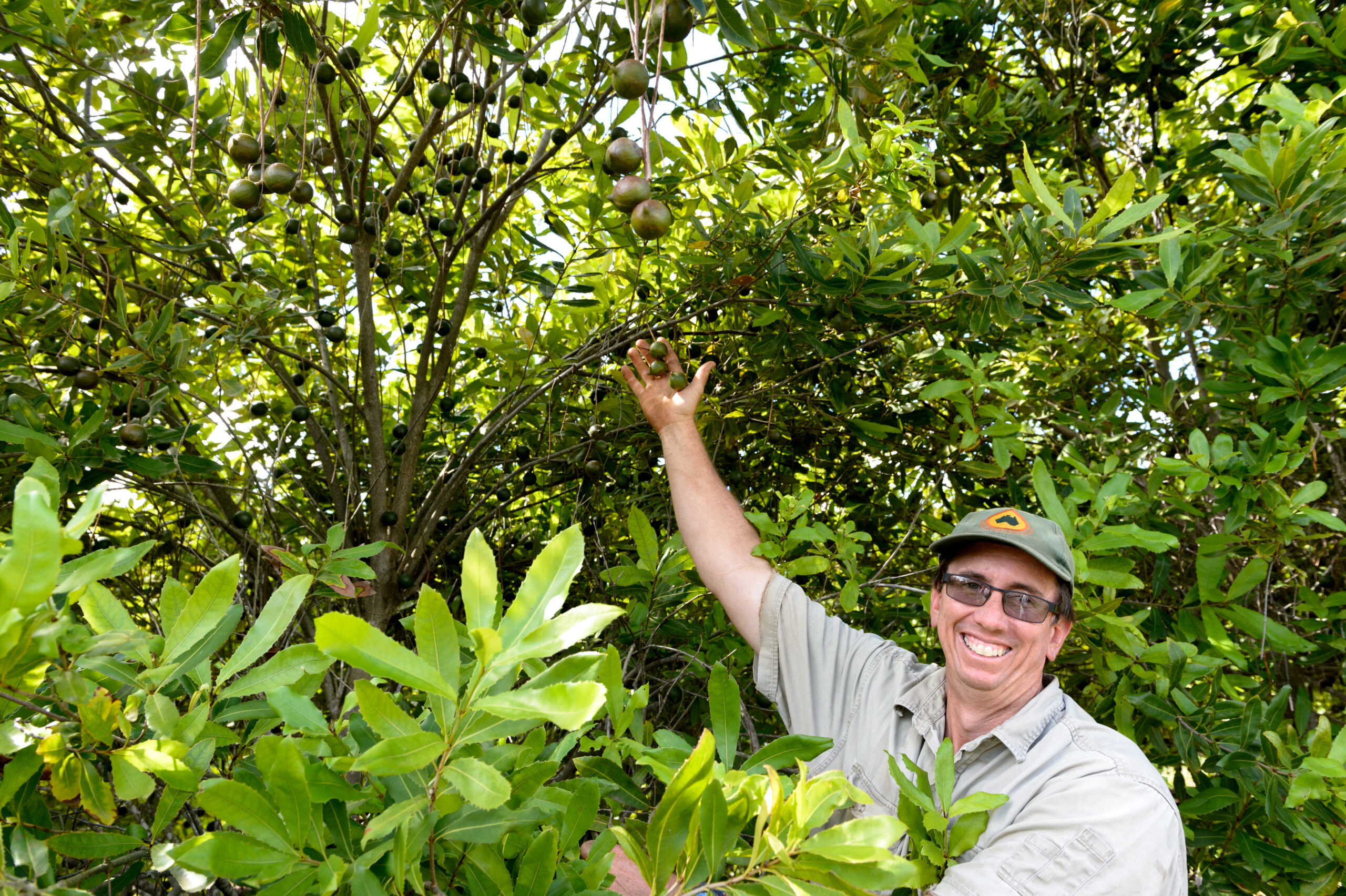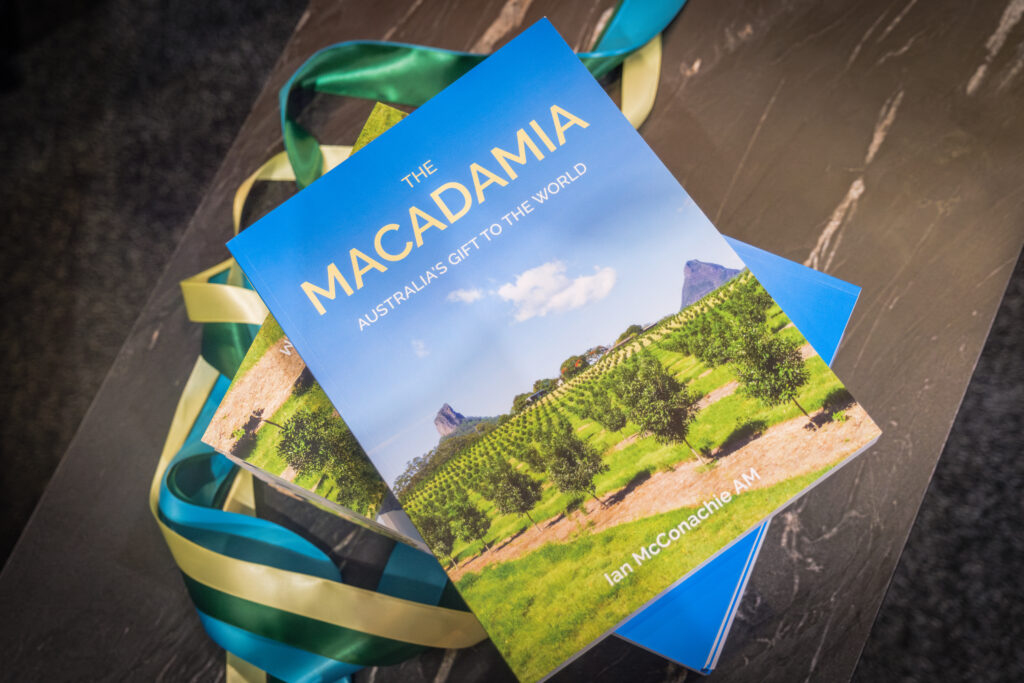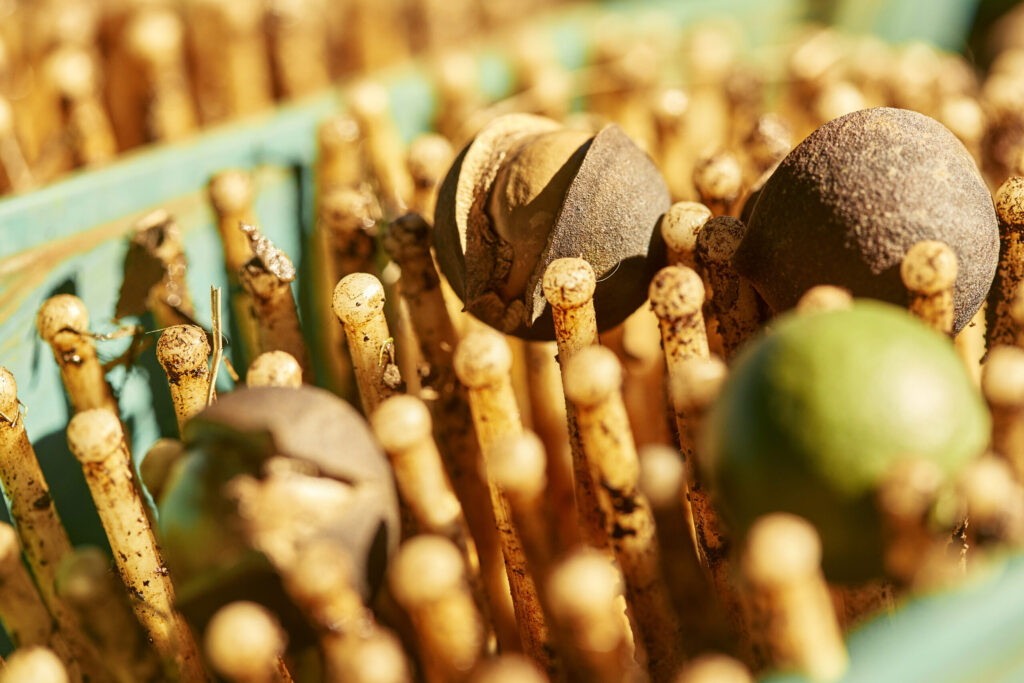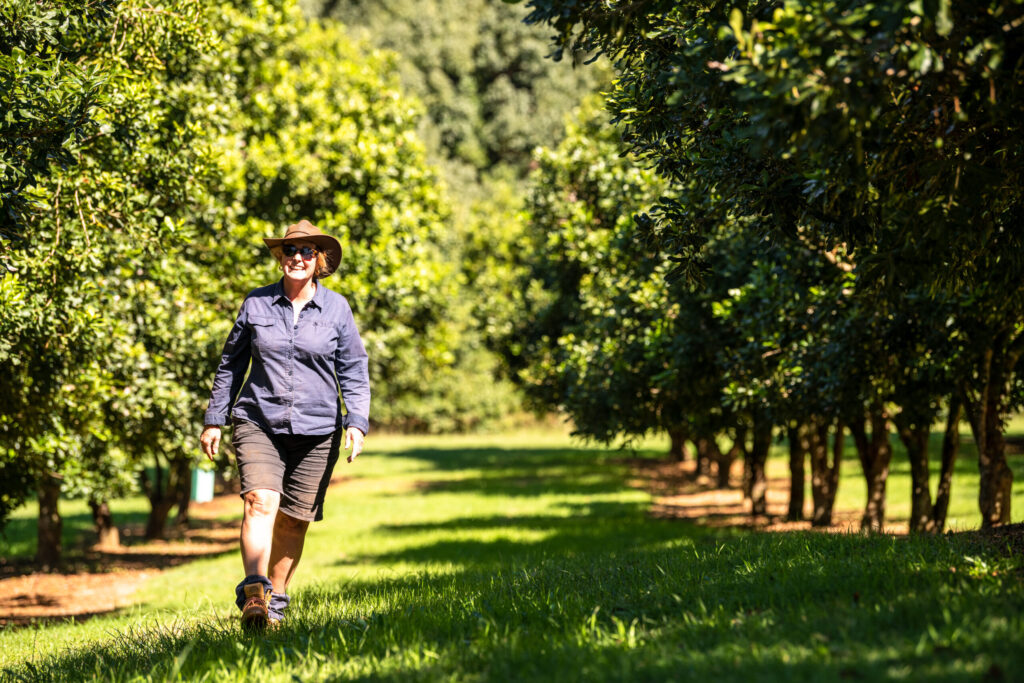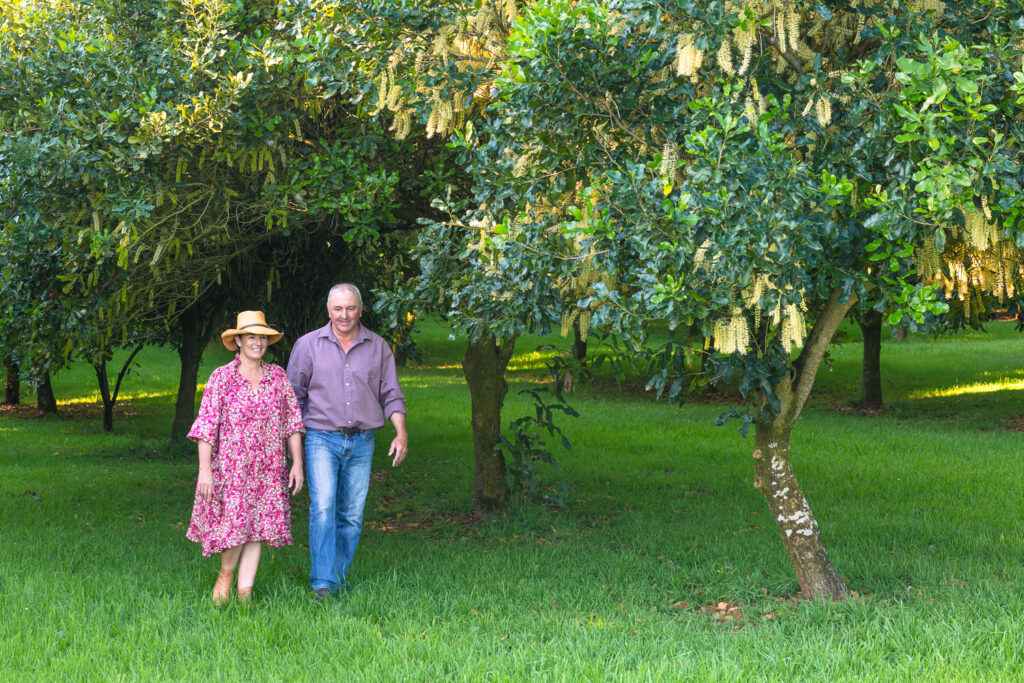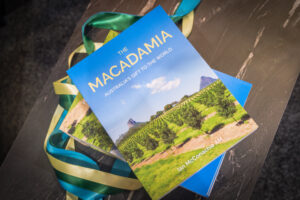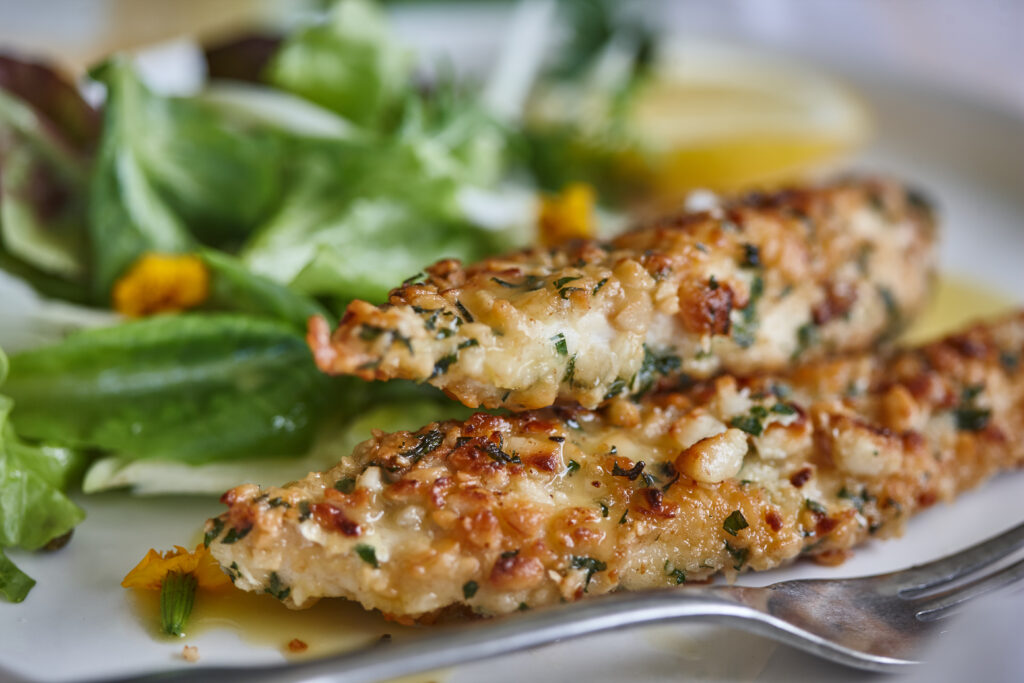Cultivating a legacy: The macadamia journey of Craig and Barbara Van Rooyen
When Craig and Barbara Van Rooyen first arrived in Australia from South Africa in 1998, they brought with them a deep passion for farming and a dream of creating a sustainable future.
After years of working with a variety of crops like lychees and strawberries, they found their true calling in macadamias—a crop that married their love for agriculture with their commitment to the environment.
In 2008, the Van Rooyens planted their first 8,000 macadamia trees. Today, their farm spans over 200 hectares and boasts more than 100,000 trees, producing one of Australia’s most beloved nuts.
For Craig and Barbara, macadamias represented not just a livelihood but a way to give back to the land. “If you look after nature, nature will do a large part of the work for you,” Craig explains—a philosophy that shapes every aspect of their farm management.
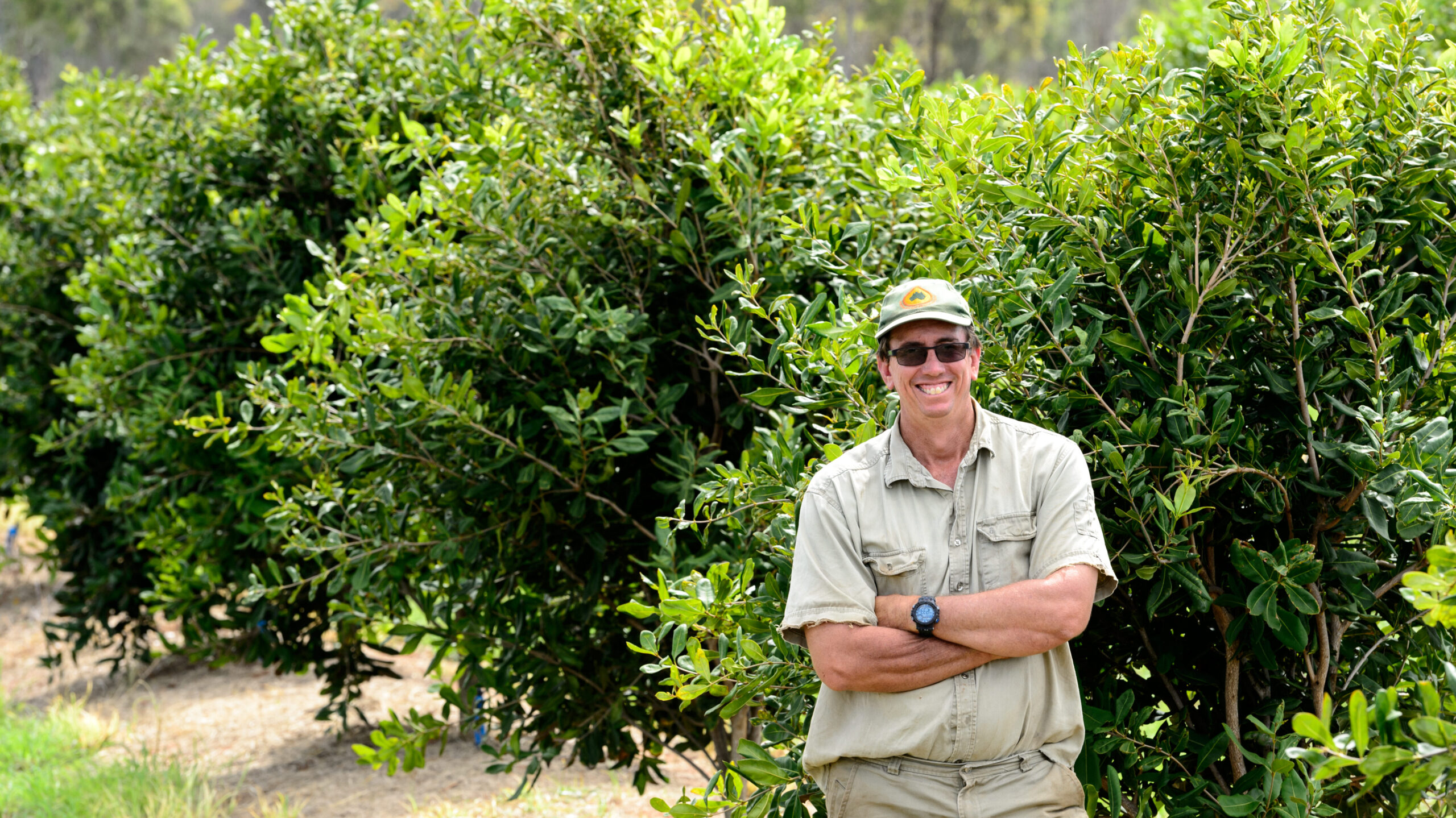
The couple takes great pride in their sustainable farming practices. From increasing soil carbon to reduce nutrient runoff into the Great Barrier Reef to their pioneering use of integrated pest management, they’re not just growing nuts—they’re nurturing an ecosystem.
Their orchards teem with beneficial insects and native pollinators, including European honey bees and Australian native bees which are tended by their sons.
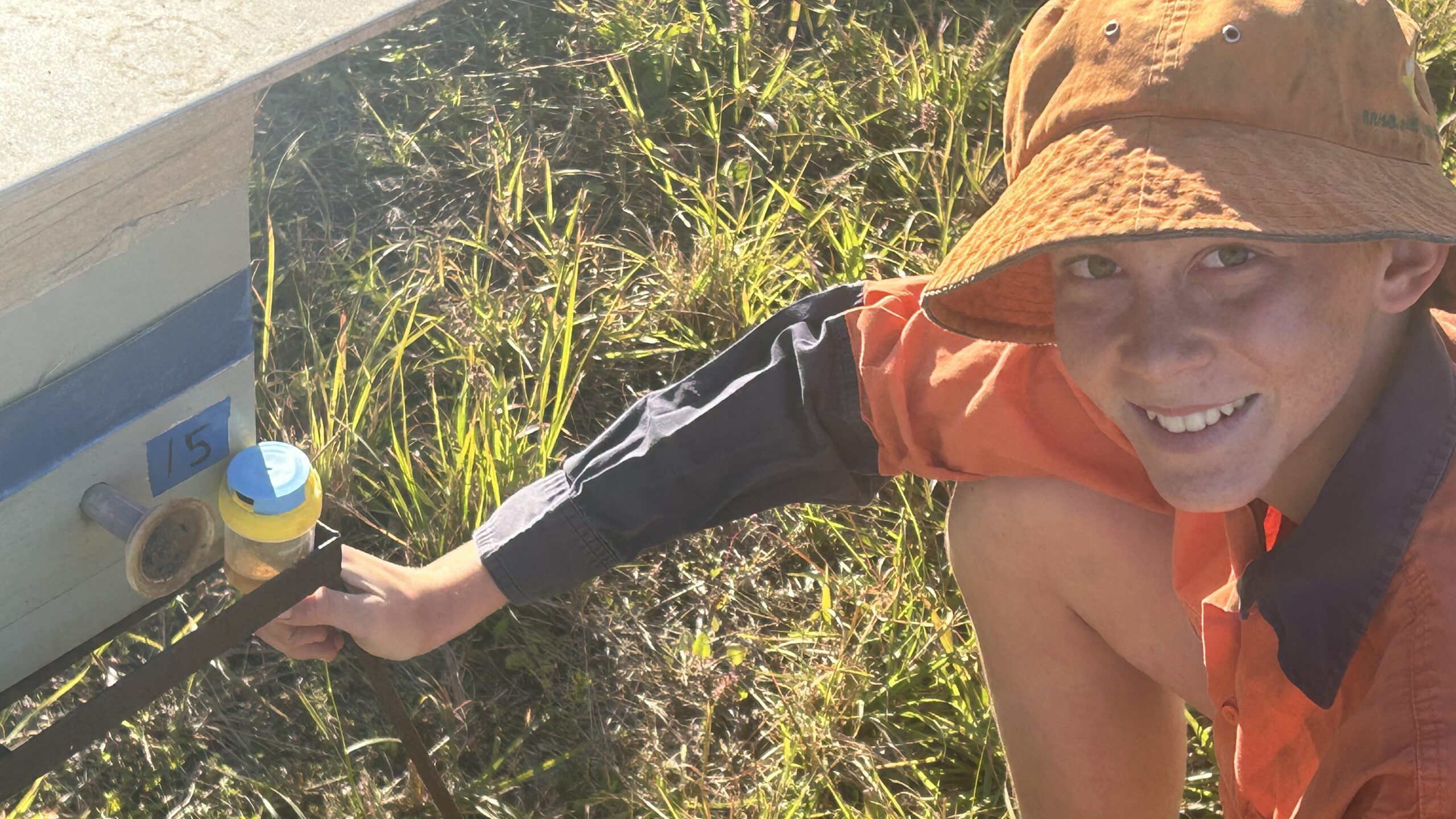
The Van Rooyens have also embraced rewilding as part of their farming philosophy. In the past six months, they’ve planted 500 native trees, with plans to add hundreds more.
These trees create vital bee corridors, ensuring pollinators can thrive while enriching the biodiversity of the region. “At just $5 a tree, the benefits far outweigh the costs,” Craig says, noting that these efforts are already inspiring others in the industry.
For Craig and Barbara, macadamia farming is more than just producing delicious nuts—it’s about cultivating a legacy of sustainability, family, and connection to the land.
Their story is a testament to how Australian farmers are not only feeding the nation but also safeguarding its natural treasures for generations to come.
